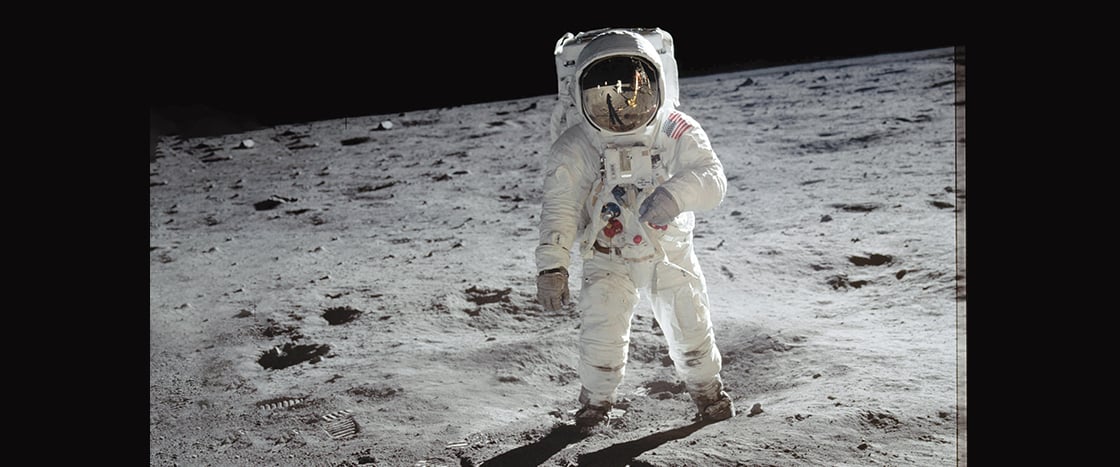On July 20, 1969, 530 million people around the world were glued to their TVs. They watched live as astronauts Buzz Aldrin (pictured above) and Neil Armstrong became the first people to walk on the moon.
Now, 50 years later, the U.S. space agency, NASA, is preparing for a return trip. It’s designing a spaceship that will orbit, or travel around, the moon. The ship, called the Gateway, will be a home base from which astronauts can make short trips to the moon’s surface.
Returning to the moon will help NASA prepare for human space travel to faraway planets, like Mars. “We’re not just landing on the moon and coming home, we’re going to stay,” says Marshall Smith, who manages the Gateway project at NASA. “It’s tremendously exciting.”
On July 20, 1969, 530 million people around the world were glued to their TVs. They watched live as people walked on the moon for the first time. Those people were astronauts Buzz Aldrin (pictured above) and Neil Armstrong.
That was 50 years ago. Today, NASA is planning a return trip. NASA is the U.S. space agency. It’s designing a spaceship. That spaceship will orbit, or travel around, the moon. The ship, called the Gateway, will be a home base for astronauts. From there, they can make short trips to the moon’s surface.
Returning to the moon will help further human space travel. It will prepare astronauts to someday visit even more distant places. One of those places is the planet Mars. “We’re not just landing on the moon and coming home,” says Marshall Smith. He manages the Gateway project at NASA. “We’re going to stay. It’s tremendously exciting.”

